
“Why should I trust you?”
This is the question from customers that even the best marketing departments dread. Because after all, why should a prospect or a customer believe marketers are telling the truth when their clear intention is for their audience to spend money on their products.
Studies have shown that overall consumer confidence in the trustworthiness of corporate marketing is declining. According to some estimates, as much as 69% of consumers inherently distrust brand advertising, and 43% of respondents report that they trust brand advertising less than they used to.
Enter Influencer Marketing.
While consumer trust in brands has fallen off a cliff, trust in their fellow consumers has risen precipitously. 70% of shoppers state that they are influenced by recommendations from their peers and fellow “normal people.” In fact, consumers today are 30% more likely to purchase if it is recommended by a trusted influencer, rather than a celebrity. And 74% of consumers say that they do trust social media networks to guide them to purchase decisions.
This is where influencer marketing presents an enormous opportunity for smart companies. Let’s take a look at what Brandon Brown of Grin has identified as some of the biggest current trends in influencer marketing.
Retail Influencer Marketing Is Growing
From lifestyle to home décor to fashion, retail brands are embracing influencer marketing faster than any other segment. In fashion, for example, well-known brands like Bloomingdale’s, Bergdorf Goodman, Zara, and Sephora are working with popular social media influencers to model their products and give audiences a taste of what they, too might look like in the featured clothes or cosmetics.
In fact, Lord & Taylor recently ran a successful campaign where they tapped 50 influencers to each post photos wearing the exact same dress and tagging it with a predetermined hashtag. The result? The dress sold out of every Lord & Taylor in America in three days. Retail brands should give influencer marketing heavy considering in their marketing plans.

The Rise of B2B Influencer Marketing
The power and promise of influencer marketing isn’t just limited to retail and B2C brands, however. And one of the ingenious ways B2B brands are leveraging it is with employee advocacy programs. Over the last three years, employee advocacy programs among B2B brands have increased by 191%.
Employee advocacy programs offer the best of both worlds in influencer marketing. The brand, for its part, enjoys the trust, authenticity, and believability that only real social media advocacy from real employees can garner. The employees themselves, on the other hand, benefit from the increased “professionalism” that such content brings to their social media pages.
The fact is that B2B brands need to capture the attention of their audiences, and more so, they need to do it in a way that is authentic and lasting. Influencer marketing and employee advocacy programs are an efficient way to do both.
The Ability to Measure ROI Will Be Crucial
As with all marketing efforts, the ability to definitively prove the value and effect of influencer marketing programs will be critical to securing ongoing buy-in from key decision-makers within your organization.
Fortunately, many savvy brands are implementing clever ways to improve their ability to measure influencer marketing ROI. Just as many brands are linking their digital and print marketing channels with the use of custom URLs and promo codes, so too are they measuring influencer marketing ROI. On the simple end of the spectrum, fastidious use of one or two set hashtags for each campaign enables marketers to easily search the engagement of those hashtags.
Likewise, many brands are now distributing custom discount and coupon codes to their influencers, encouraging them to share them with their audiences. That way, whenever a customer enters that unique discount code, the brand can know for certain that they were referred by that particular influencer, and his or her promotional activities.
*****
As consumer trust in brands and marketing departments continues to plummet, B2B and B2C brands alike are turning to influencer marketing as a smart, cost-effective way to make their marketing budgets go further. If your brand is struggling with trust and authenticity, influencer marketing may be an excellent solution to consider.
Subscribe to the Blog
Why NVISION?
For more than three decades we’ve partnered with Fortune 500 companies to deliver marketing operations solutions. Led by a strategic account management team, we’ll help you develop, procure, fulfill and distribute printed collateral, signage, point-of-purchase displays, direct mail, branded merchandise and much more.


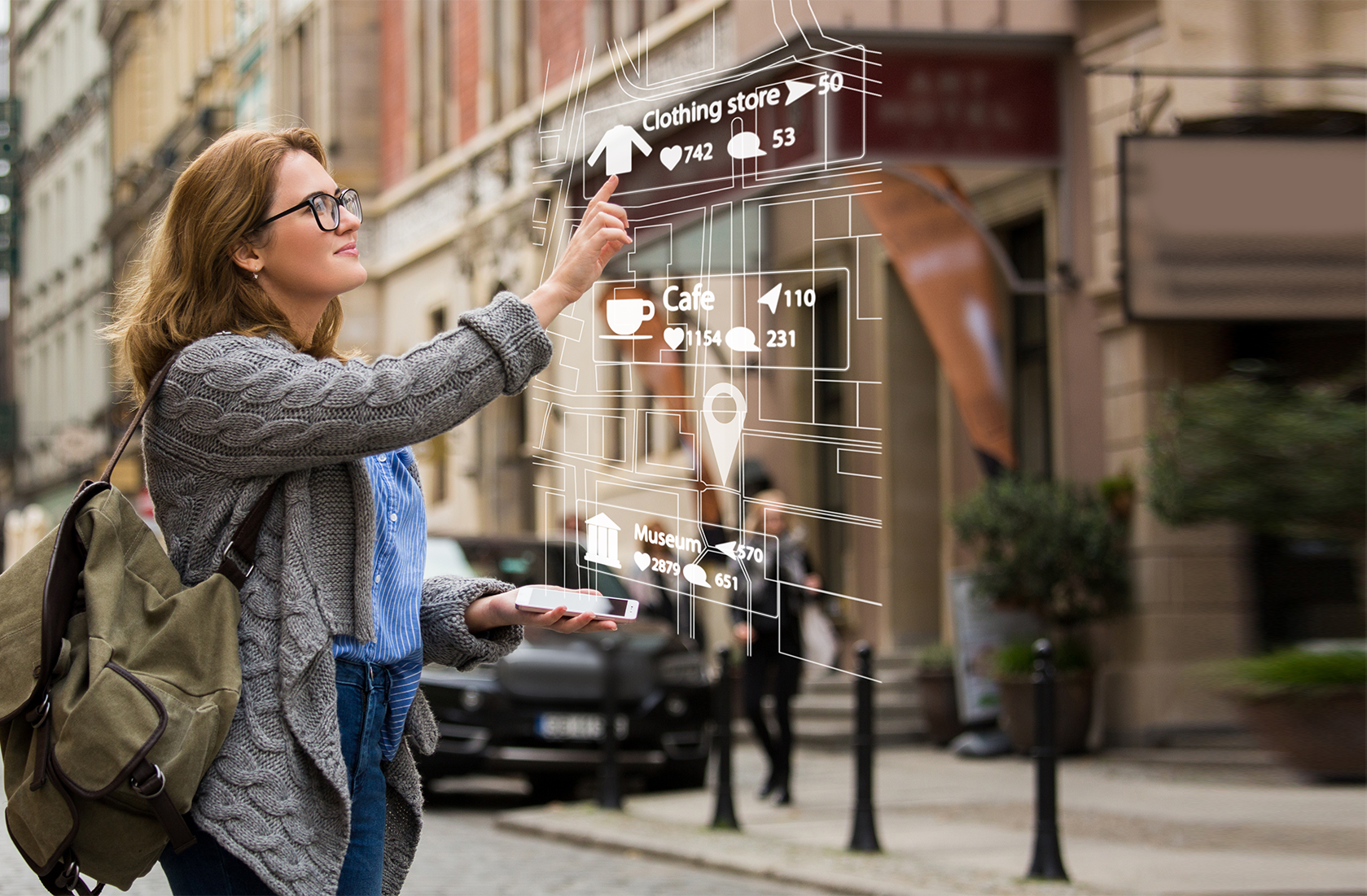

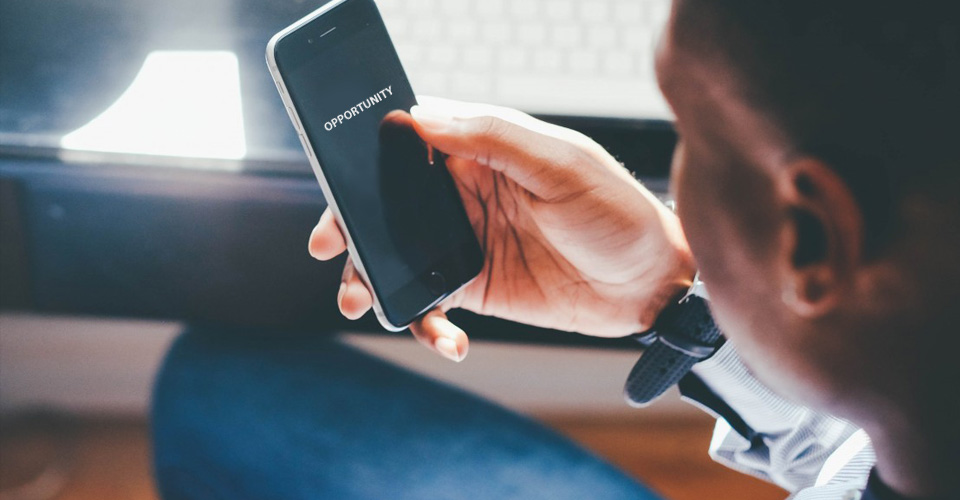
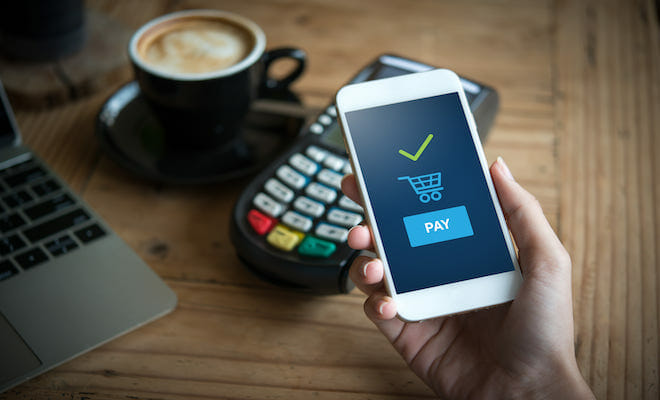

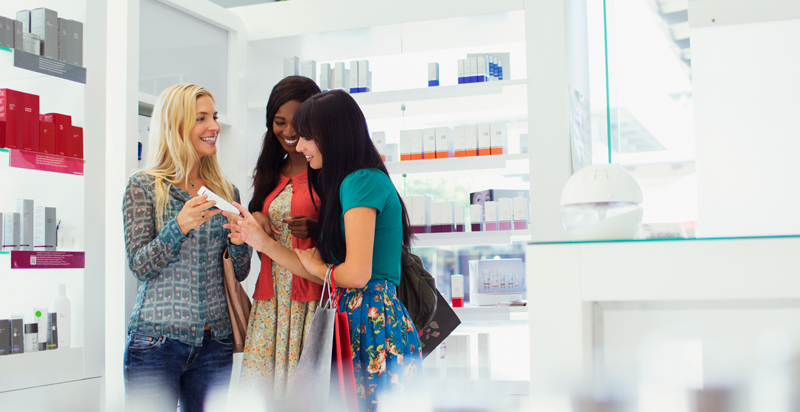
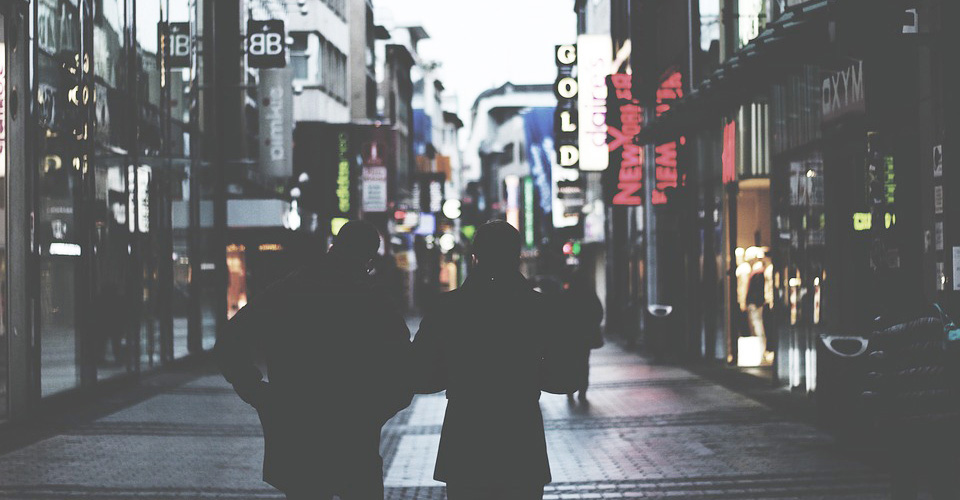
 Project Title
Project Title Project Title
Project Title